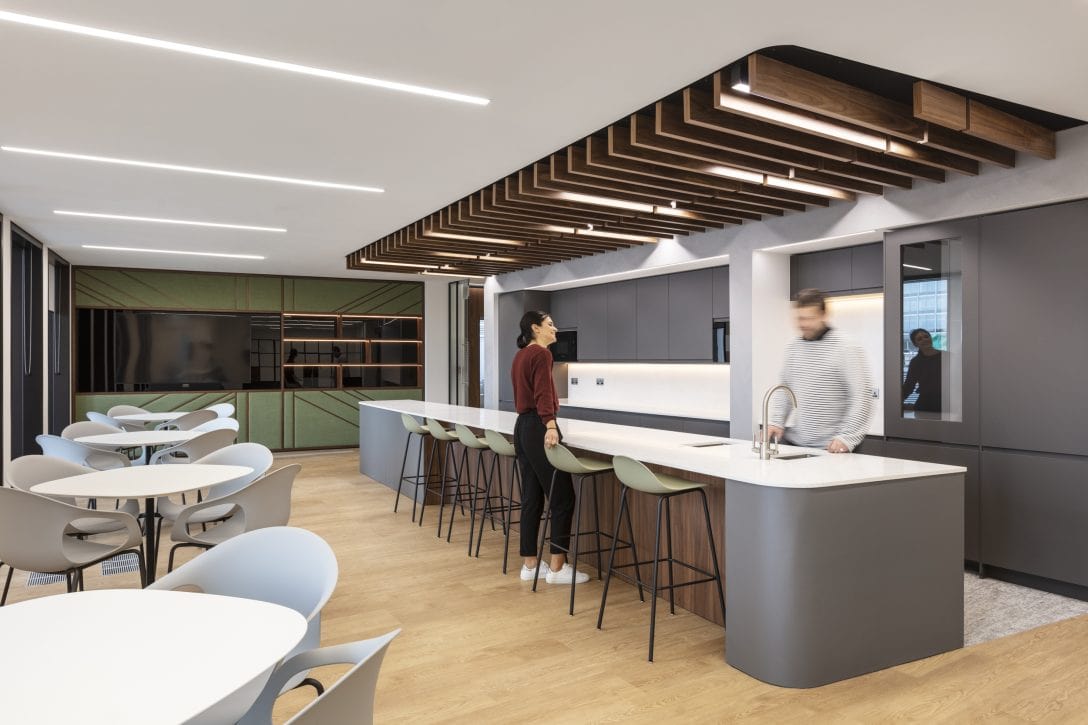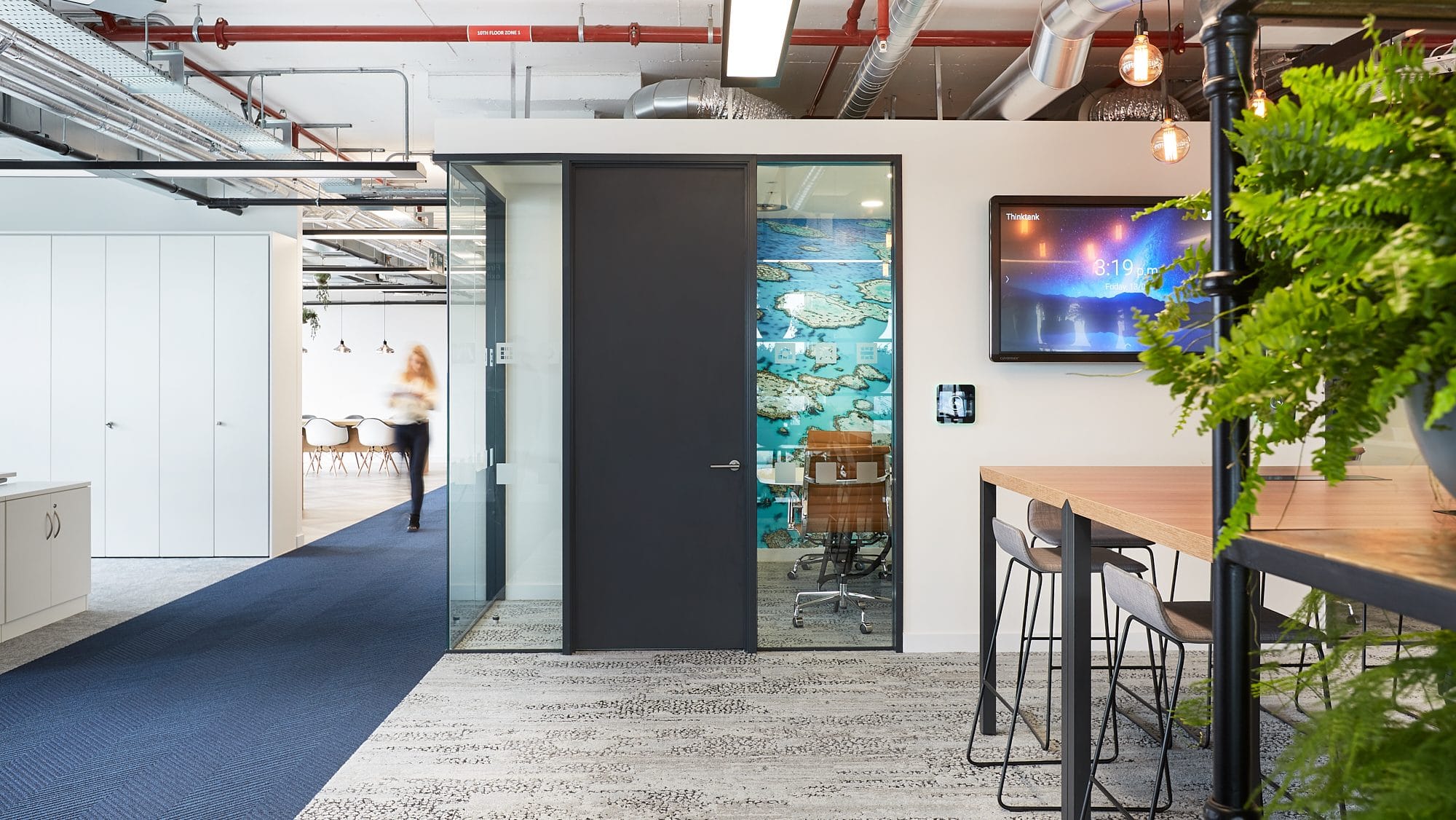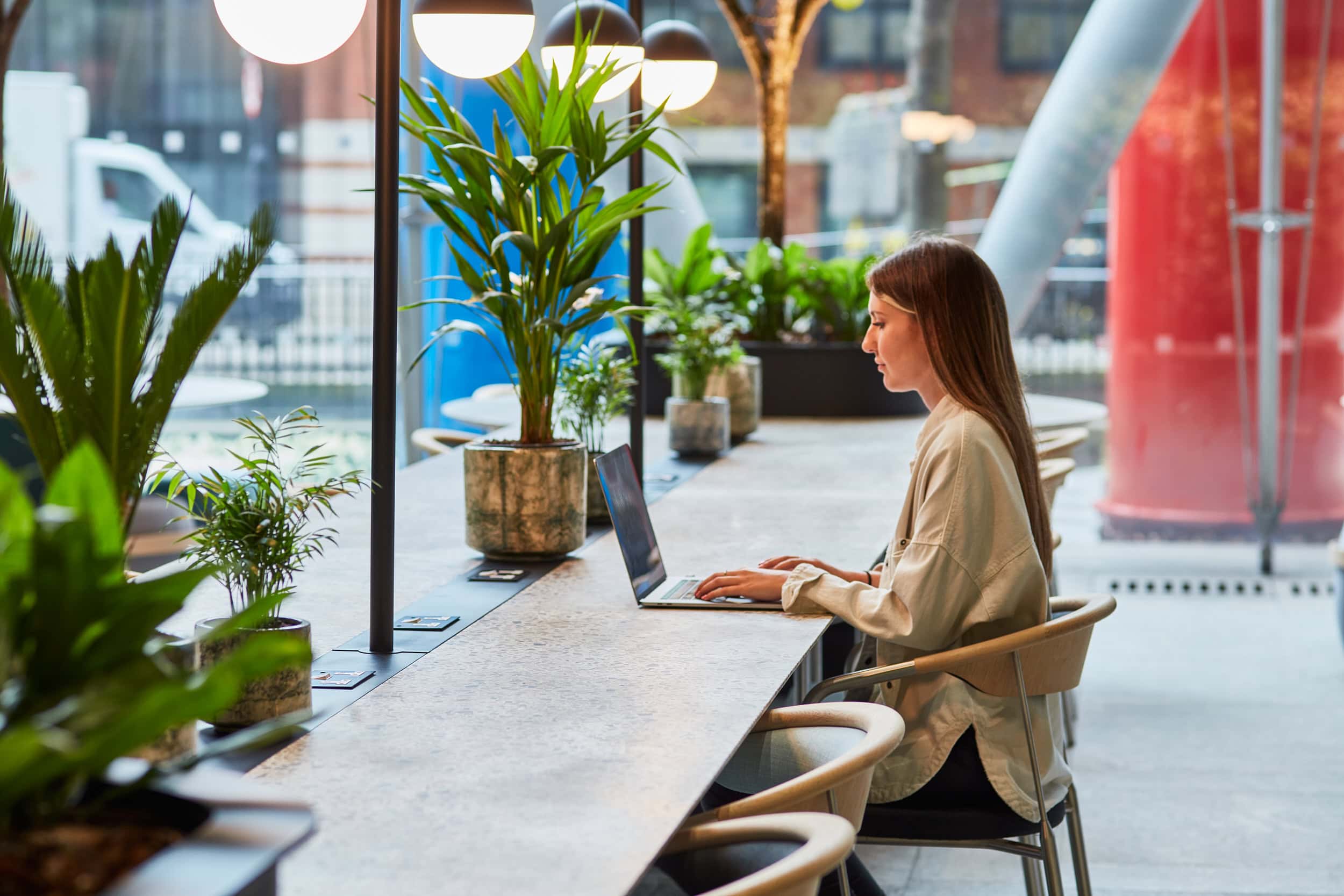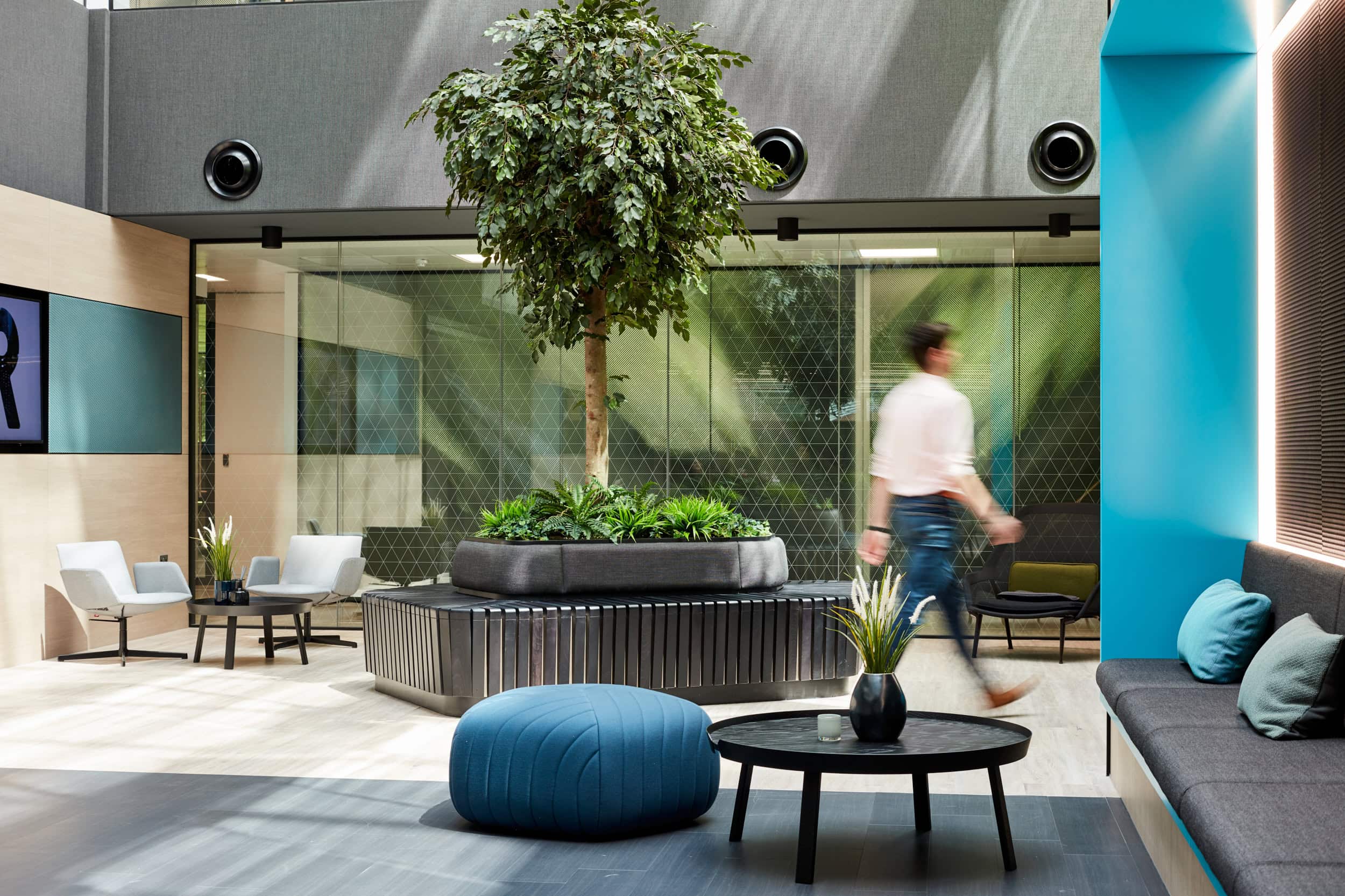Improving your workplace well-being programme through office design
A guide to Seasonal Affective Disorder prevention through a workplace well-being programme.

By making a few, simple changes in your office environment and introducing a workplace well-being programme, you can prevent your workforce from being affected by SAD. As an indoor generation, who spend 90% of our time indoors, our moods should no longer be affected by the changing seasons. However, research has shown that around 1 in 15 people in the UK are severely affected by the change in weather and are diagnosed with Seasonal Affective Disorder (SAD). SAD, also known as winter depression, is a type of depression associated with the change in seasons and is most common in the autumn and winter months, triggered by the lack of light. Symptoms of SAD include lack of energy during the day, loss of productivity, low mood and feelings of stress and anxiety.
Integrate outdoor spaces – encourage employees to get outside
During winter months making the most of daylight whilst working nine till five can seem near impossible. Employees tend to spend their lunch breaks inside to avoid the cold weather. Integrating an outdoor space into your workplace can be beneficial in tackling SAD. By having an easily accessible outdoor space, employees will be more likely to step outside to make the most of the daylight hour. This will help them to increase exposure to valuable natural light.
Maximise exposure to natural light – situate desks near windows
As workplace designers, we mention this one a lot when talking about initiating a workplace well-being programme – but it really is a no-brainer! Light is one of the best remedies for the negative effects of SAD. When creating an office space, it is crucial to ensure that your employees aren’t working in dim-light as poor lighting can leave us feeling less productive and tired. If your space is located in a basement and windows aren’t accessible, consider integrating desk lamps to increase your overall light levels.
Improve moods – Implant your office with greenery
Plants have been proven to have major, positive effects on employee well-being. They reduce stress, increase productivity, clean the air.. the list goes on. Filled with nothing but desks and computers, office spaces can often feel sterile. Studies have shown that enriching your workplace design with plants, can improve your employees’ moods, reduce the number of sick days and should be incorporated in your workplace well-being programmes.
Integrate communal areas – encourage staff to socialise
What’s worse than experiencing SAD, is feeling left alone with the problem. Consider integrating comfortable, communal areas into your workplace design and create opportunities for socialising in a more quiet environment. Having an appropriate space, where your employees can share their experience and voice their opinions outside their desk space, is crucial in helping prevent SAD.
Ready to transform your office into a haven of well-being? Discover the power of an enriching workplace well-being programme tailored to combat Seasonal Affective Disorder. Our team specialises in optimising office design for positive employee experiences.
Contact us today and embark on a journey to create a workspace that fosters well-being, productivity, and a thriving workforce. Let’s redefine your workplace together. Get in touch.


